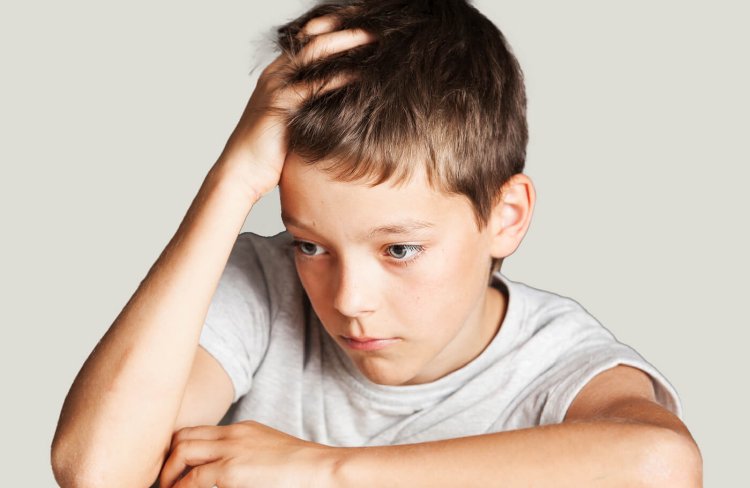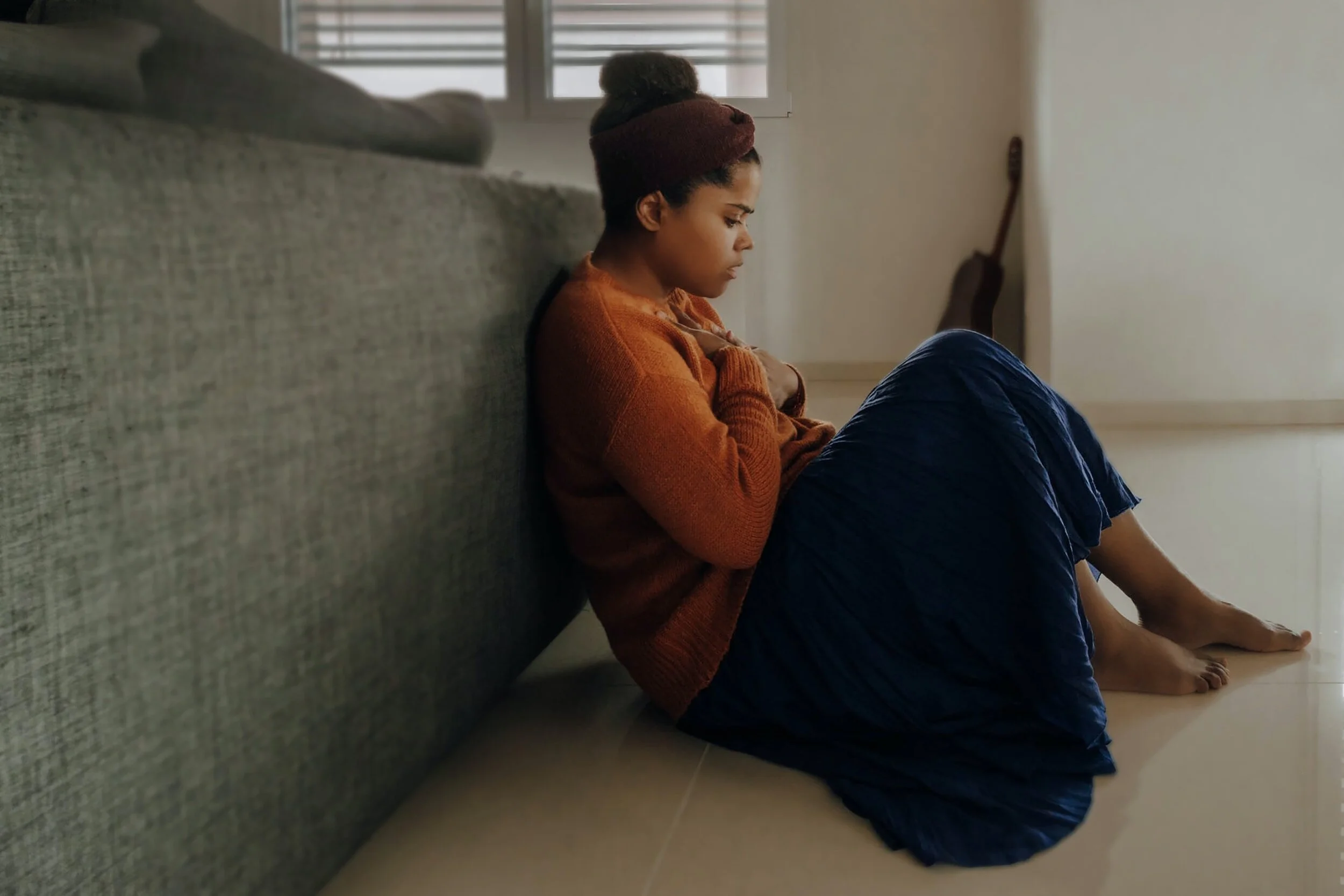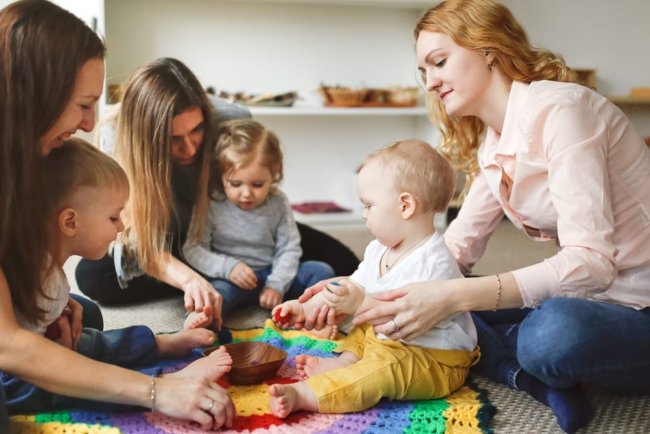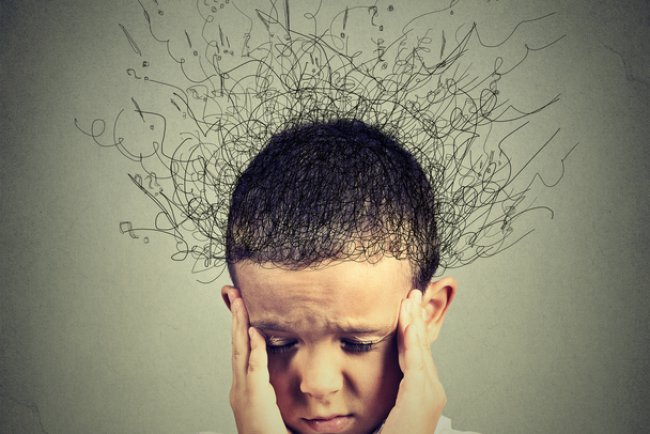Understanding Anxiety in Children: When Worry Becomes More Than Just a Phase
Summer can be a dream for kids longer days, unstructured play, and a sense of freedom. But for some children, that same openness can feel terrifying. When routines disappear and familiar faces shift, anxiety can sneak in quietly at first, then overwhelming.

If your child has ever clung to you sobbing at daycare drop-off, panicked about going to a birthday party, or refused to play outside for fear of bugs, you already know: childhood anxiety isn’t “just a phase.” It’s real, and it can be paralyzing.
What Does Anxiety Look Like in Kids?
Anxiety wears many faces. Sometimes it’s obvious tears, tantrums, or trembling before school. Other times it’s more subtle: a stomachache every morning, poor sleep, or endless “what if” questions.
Physically, anxiety can feel like a racing heart, sweaty palms, tight muscles, or nausea, all signs of the body’s natural “fight, flight, or freeze” response. The tricky part? For anxious kids, these alarms go off even when there’s no real danger, just a new situation or unfamiliar face.
“Anxiety isn’t always bad,” explains Dr. Mona Potter, medical director of the McLean Anxiety Mastery Program. “It can keep us safe or motivate us. The problem starts when anxiety begins making decisions for us when it becomes the driver instead of the passenger.”
That’s when everyday worries start looking more like an anxiety disorder.
The Most Common Types of Anxiety in Children

1. Separation Anxiety
This is the classic “don’t leave me” panic kids who cry or cling when separated from parents or caregivers. They might refuse to attend camp or playdates and constantly worry that something bad will happen while you’re apart.
2. Social Anxiety
These children fear being judged or embarrassed. Even a simple classroom presentation or birthday party can feel like standing under a spotlight.
3. Specific Phobias
An irrational fear triggered by certain things like thunderstorms, dogs, or even throwing up. These fears might sound small, but for a child, they can make ordinary activities feel impossible.
Why Some Kids Are More Prone to Anxiety
Anxiety often has deep, tangled roots. It can stem from:
Biology: Family history, genes, or brain chemistry.
Personality: Kids who are cautious, sensitive, or perfectionistic.
Environment: Overprotective parenting, early stress, or instability at home.
Even certain medications can amplify anxious symptoms, something worth asking your pediatrician about.
When Worry Becomes Too Much: Getting Help

A little worry is normal, even healthy. But when anxiety starts to shrink your child’s world, it’s time to act.
If your child avoids camp, refuses to sleep alone, or worries constantly, talk to your pediatrician. Left unchecked, anxiety can affect development, social skills, and self-esteem.
For many families, help starts with cognitive behavioral therapy (CBT) , a gold-standard treatment that helps children challenge anxious thoughts and gently face fears rather than avoid them.
“CBT teaches kids to become detectives,” says Dr. Potter. “They learn to catch, check, and change their anxious thoughts. We also guide them to approach their fears step by step, not run from them.”
In some cases, mindfulness techniques or medications (like antidepressants or anti-anxiety prescriptions) can complement therapy. The right plan often involves a mix of approaches.
How Parents Can Help an Anxious Child
You can’t erase your child’s anxiety, but you can teach them how to live with it and, eventually, calm it.
1. Give Anxiety a Name
Ask your child to describe their anxiety as a character, maybe “the Worry Monster” or “Spiky Bobo.” When fear gets personified, it becomes something external, something your child can talk to, challenge, and control.
2. Prepare for What’s Coming
If a new experience is looming like camp or a new school, preview it together. Meet the teacher, walk the halls, or visit the park. Familiarity breeds confidence.
3. Model Calm, Not Panic
Children are emotional mirrors. If you panic, they absorb it. Practice your own grounding techniques, speak calmly, and show them what resilience looks like in real time.
4. Help Them Rewrite the Story

Kids are constantly coding their world. As Dr. Potter puts it, “They’re building a story about whether the world is safe or dangerous.”
You can help write that story, one that says, You can handle this. The world is big, but it’s not bad.
5. Allow Discomfort
Rescuing your child from every distressing situation might help in the moment but it feeds anxiety long-term. Instead, help them tolerate distress. Teach simple grounding tools:
Splash cold water on their face
Run up and down stairs to burn energy
Tense and release muscles
Look around the room and name every color they see
These sensory resets give the thinking brain a chance to rejoin the conversation.
6. Practice Gradual Exposure
Avoidance feeds fear; exposure starves it. Start small. If your child fears talking to strangers, begin with tiny steps, maybe ordering a drink at a restaurant, whispering to you, then speaking directly to the waiter next time. Confidence builds quietly, one brave moment at a time.
Final Thoughts: Teaching Kids to Be the Boss of Their Worries
Anxiety doesn’t mean your child is broken, it means their brain is working overtime to keep them safe. With support, patience, and practice, they can learn that fear doesn’t have to control them.
Because the goal isn’t to eliminate anxiety altogether, it's to teach your child to look it in the eye and say, I see you, but I’m still going to try.
What's Your Reaction?




















